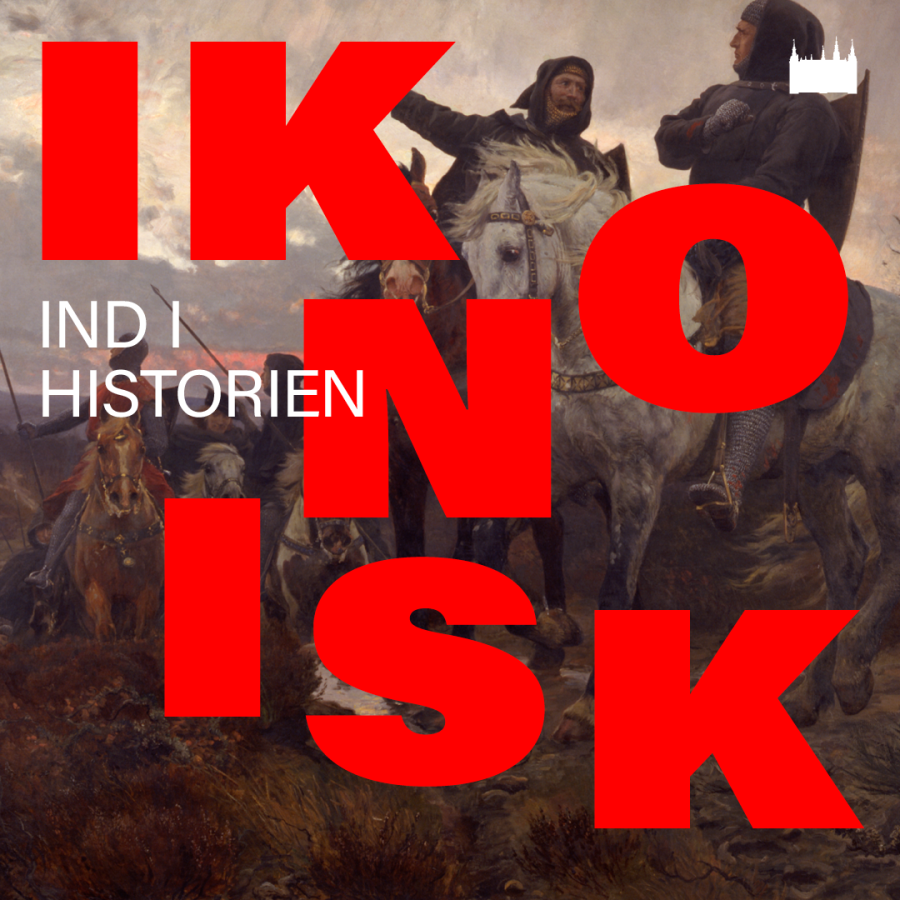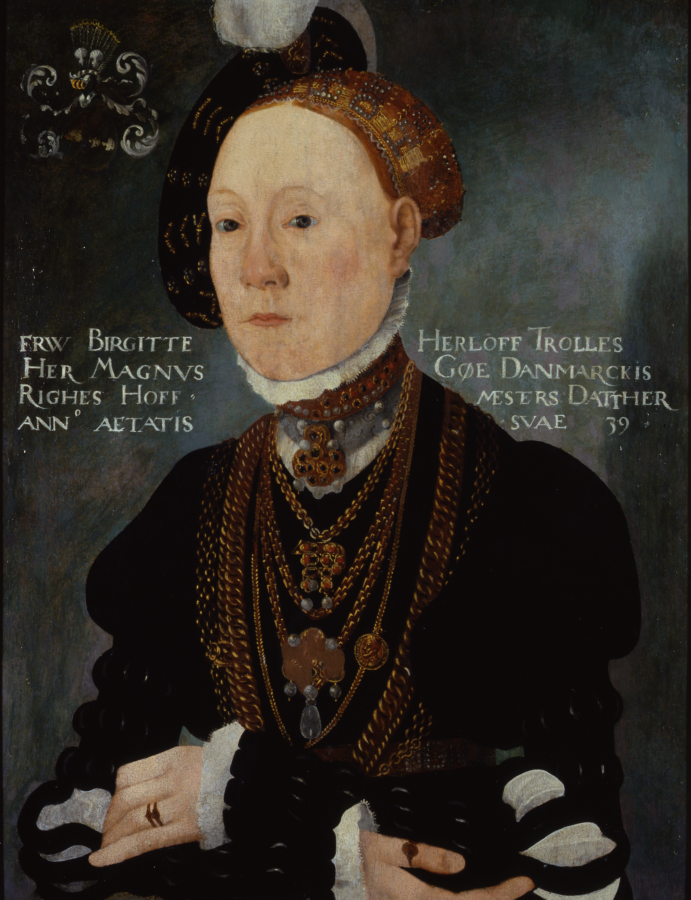
Seven works. Seven windows into Denmark’s history.
On 10 October, Frederiksborg opens ICONIC – Into History: a new approach to our vast collection, where seven selected works act as windows onto the centuries, people, and ideas that have shaped Denmark. These works are iconic because they embody defining epochs in the nation’s history.
The exhibition is inspired by the British Museum’s gateway objects principle: a single object in each space is highlighted with a special curatorial angle as an entry point to everything surrounding it. You encounter the works through text, sound, and interaction.




